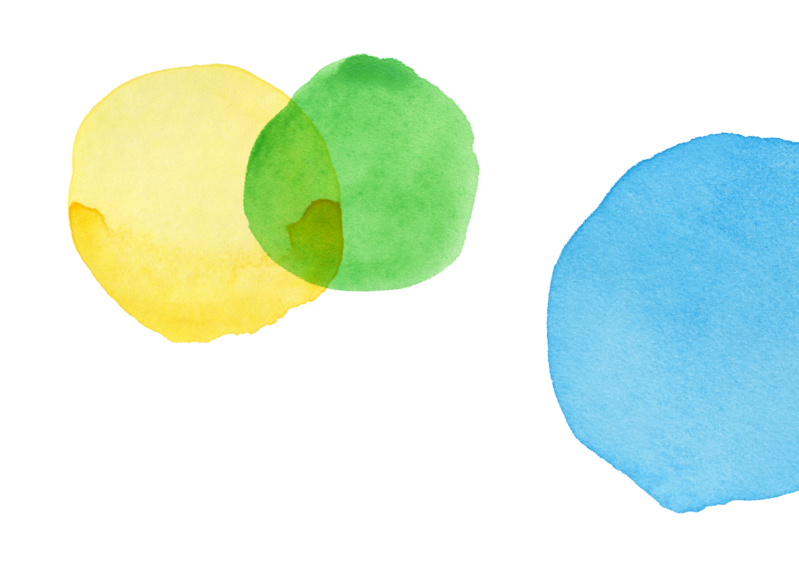Grade 4 - Claim 1 - Target D

 Back to Results
Back to ResultsMathematics
Target D
Generalize place value understanding for multi-digit whole numbers
Sample Item
Grade 4Test
Claim 1
Concepts and Procedures
Standards
NBT-1
Recognize that in a multi-digit whole number, a digit in one place represents ten times what it represents in the place to its right. For example, recognize that 700 ÷ 70 = 10...
NBT-2
Read and write multi-digit whole numbers using base-ten numerals, number names, and expanded form. Compare two multi-digit numbers based on meanings of the digits in each place, using >, =, and <...
NBT-3
Use place value understanding to round multi-digit whole numbers to any place.
Clarifications
Tasks for this target will ask students to compare multi-digit numbers using >, =, and < . Tasks should tap into students’ understanding of place value (e.g., by asking students to give a possible...
Range Achievement Level Descriptors
Evidence Required
1
The student compares two multi-digit whole numbers in the same form using
>,<, and = symbols.2
The student rounds multi-digit whole numbers to any place.
3
The student identifies multi-digit whole numbers that, when rounded to a given place value, will be closest to a given number.
4
The student compares two multi-digit whole numbers in different forms.
5
The student explains the difference between the values of a numeral in the tens and the ones place, the hundreds place and the tens place, or the thousands place and the hundreds...
Item Guidelines

Depth of Knowledge
M-DOK1
Recall includes the recall of information such as fact, definition, term, or a simple procedure, as well as performing a simple algorithm or applying a formula. That is, in mathematics a one-step, well-defined, and straight algorithmic procedure should be...
M-DOK2
Skill/Concept includes the engagement of some mental processing beyond a habitual response. A Level 2 assessment item requires students to make some decisions as to how to approach the problem or activity, whereas Level 1 requires students to demonstrate a...
Allowable Item Types
- Matching Tables
- Equation/Numeric
- Multi-Select, multiple correct response
- Multiple Choice, single correct response
Allowable Stimulus Materials
Multi-digit whole numbers less than or equal to 1,000,000 in any of these forms: Numeric form (e.g., 427) Expanded form (e.g., 400 + 20 + 7) “Expanded word” form (e.g., 4 hundreds + 2 tens + 7...
Key/Construct Relevant Vocabulary
nearest ten, nearest hundred, nearest thousand, nearest ten thousand, nearest hundred thousand, ones, tens, hundreds, thousands, ten thousands, hundred thousands, millions
Allowable Tools
None
Target-Specific Attributes
Items will include multi-digit whole numbers less than or equal to 1,000,000.
Accessibility
Item writers should consider the following Language and Visual Element/Design guidelines [1] when developing items. Language Key Considerations: Use simple, clear, and easy-to-understand language needed to assess the construct or aid in the understanding of the...
Development Notes
In Claims 2–4, students should see contextual problems associated with this target that highlight issues with precision, including problems in Claim 3 that ask students to explain how improper estimation can create unacceptable levels...


Task Models
Task Model 1a

Item Types
Matching TablesDepth of Knowledge
M-DOK1Standards
NBT-2
Target Evidence Statement
The student compares two multi-digit whole numbers in the same form using
>,<, and = symbols.
Allowable Tools
None
Task Description
Prompt Features: The student is prompted to compare place values in two pairs of whole numbers. Stimulus Guidelines: Items should be equally distributed across these number bands: small numbers (up to 1,000), medium numbers (from 1,000...
Stimulus
The student is presented with two pairs of multi-digit whole numbers and directed to compare them using (< , > , or =).
Example 1
Example Stem:
Select the symbol (< , > , or =) that correctly compares each pair of numbers.
< |
> |
= | |
|---|---|---|---|
| 6,285 6,258 | |||
| 47,385 47,299 |
Rubric: (1 point) The student selects the correct symbols (e.g., > , >).

